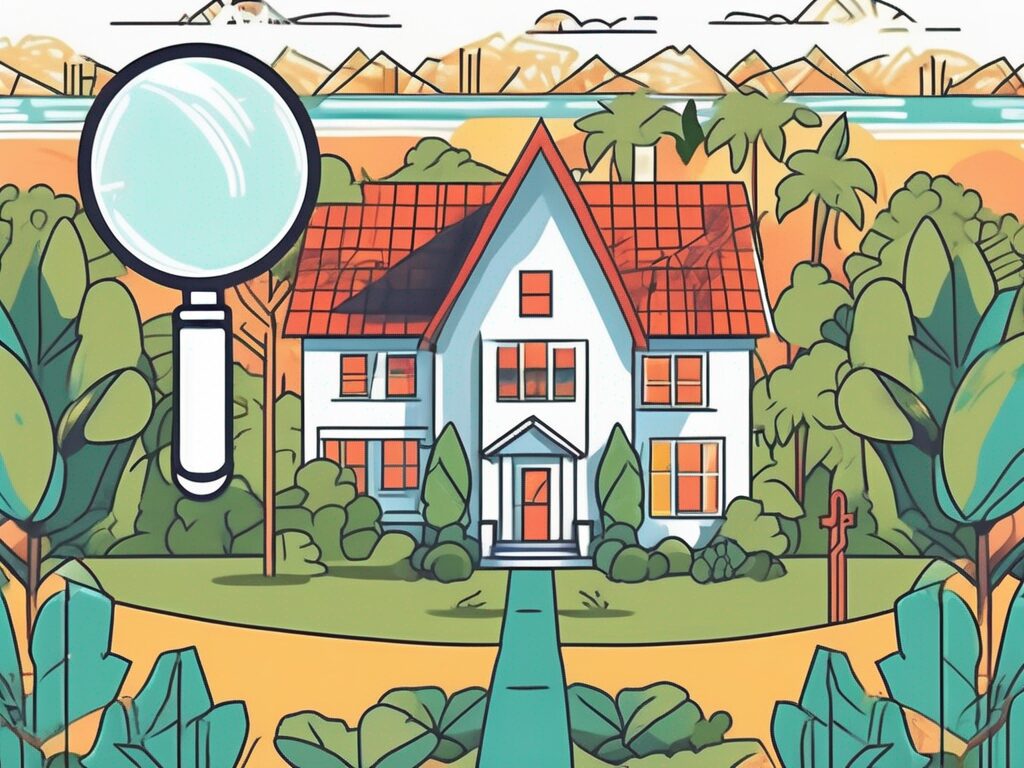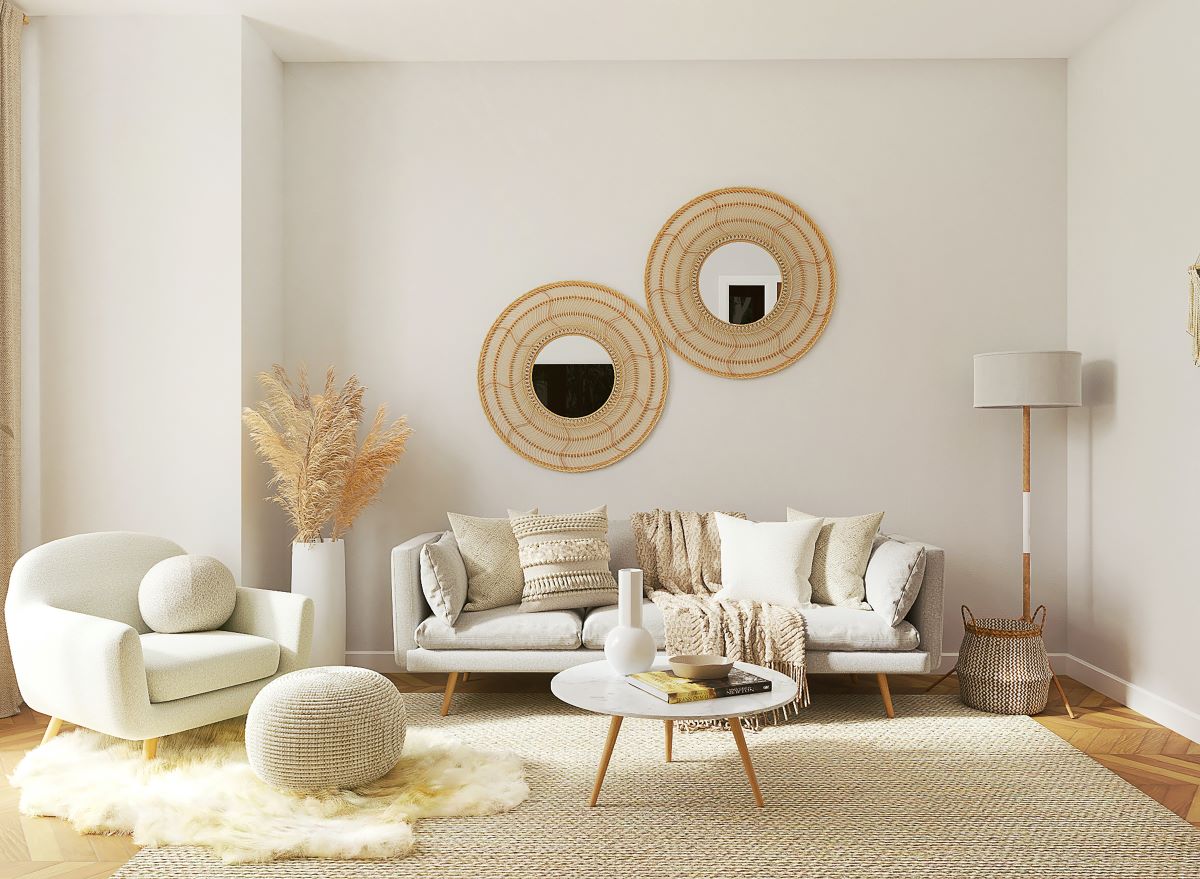

Agent A-Team or Solo Superhero? Finding the Right Real Estate Partner for Your Selling Journey in Wildwood Florida
When it comes to selling your home in Wildwood, Florida,…
January 29, 2024
Are you planning to sell your small home but worried it won’t attract enough buyers? Home staging can help you enhance the look and feel of your home and make it more appealing to potential buyers. In this article, we’ll cover everything you need to know about staging a small home for sale, from decluttering and cleaning to arranging furniture and adding decorative touches.
Before we dive into the details of home staging, let’s talk about why it’s important. Home staging is the process of preparing a home for sale by enhancing its appearance and creating an inviting atmosphere. It helps potential buyers visualize themselves living in the space and makes a strong first impression, which can lead to higher offers and a faster sale.
A well-staged home can also stand out in a competitive real estate market, where buyers have many options to choose from. By showcasing your home’s best features and minimizing its flaws, you can make it more attractive to buyers and increase your chances of a successful sale.
The first step in staging a small home is to declutter and depersonalize the space. Start by removing any unnecessary items, such as excess furniture, knick-knacks, and personal items. A cluttered home can make it difficult for buyers to envision themselves living in the space, so it’s important to create a clean and neutral canvas.
Pack away personal photos, souvenirs, and other items that make the space feel too personalized. You want potential buyers to see the home as a blank slate that they can make their own.
A clean home is essential for successful home staging. Start by giving your home a deep clean, paying special attention to high-traffic areas like the kitchen and bathrooms. Consider hiring a professional cleaner to help you get the job done thoroughly.
Make sure to also address any maintenance issues, such as leaky faucets or loose doorknobs. A well-maintained home will give buyers confidence in the property and make it more appealing to them.
Every home has its unique features, whether it’s a cozy fireplace, a stunning view, or original hardwood floors. Showcase these features by arranging furniture and decor in a way that draws attention to them. For example, if you have a fireplace, arrange seating around it to create a cozy focal point in the room.
If your home has a stunning view, make sure that window treatments don’t obstruct it. Consider adding some potted plants or outdoor furniture to create a seamless transition between indoor and outdoor living spaces.
A key goal of home staging is to create an inviting atmosphere that makes potential buyers feel at home. Consider adding some decorative touches, such as fresh flowers, colorful throw pillows, or a cozy rug. These small touches can make a big difference in how buyers perceive your home.
Make sure to also pay attention to lighting, which can have a significant impact on the atmosphere of a space. Consider adding lamps or dimmer switches to create a warm and welcoming ambiance.
The way furniture is arranged can impact the flow of a space and how buyers perceive it. Consider rearranging furniture to create an open and inviting flow that highlights the best features of the home.
If you have a small living room, consider arranging furniture in a way that creates an intimate seating area. If you have an open floor plan, consider using rugs or furniture to define different zones, such as a dining area or reading nook.
If your home needs a fresh coat of paint, consider investing in a neutral color that will appeal to a wide range of buyers. Neutral colors like beige, white, and gray can create a calming and versatile backdrop for potential buyers to imagine themselves in the space.
Accessories like artwork, throw pillows, and decorative items can also help tie the look of the space together. Choose items that complement the color scheme and style of the home to create a cohesive and polished look.
Don’t forget to stage outdoor spaces like patios, decks, and gardens. Outdoor spaces can be a major selling point for small homes, especially in areas with mild weather. Consider adding some comfortable seating, potted plants, and outdoor lighting to create a cozy and inviting atmosphere.
Make sure to also address any maintenance issues, such as weeding, pruning, or power washing. A well-maintained outdoor space can help potential buyers envision themselves enjoying the space and can increase the perceived value of the home.
When staging your home, it’s important to keep in mind the target buyers for your home. Are you selling to young professionals, families, or retirees? Different buyers may have different priorities and preferences when it comes to home features and style.
Consider staging your home to appeal to your target buyers. For example, if you’re targeting families, make sure there’s plenty of space for kids to play and consider adding a family-friendly feature like a playroom or outdoor play area. If you’re targeting young professionals, focus on creating a stylish and modern look that reflects their lifestyle.
If you’re not confident in your home staging skills, consider hiring a professional stager. A professional stager can help you make the most of your space and create a polished and inviting look that will appeal to potential buyers. They can also provide guidance on decluttering, cleaning, and arranging furniture to optimize the space.
While hiring a professional stager can be an investment, it can also pay off in the form of a faster and more profitable sale. Make sure to research potential stagers and read reviews before hiring to ensure you find a reputable and experienced professional.
Once your home is staged and ready to show, make sure to take high-quality photos to showcase the space online. In today’s real estate market, many buyers start their search online, so it’s important to make a strong first impression with appealing photos.
Consider hiring a professional photographer or using a high-quality camera to take photos that showcase the best features of your home. Make sure to also choose the right time of day for natural lighting and remove any clutter or personal items that could detract from the look of the space.
Staging a small home for sale can be a challenge, but with the right approach, you can enhance the look and feel of your space and attract potential buyers. By decluttering, cleaning, and highlighting your home’s best features, you can create an inviting atmosphere that makes buyers feel at home. Don’t forget to stage outdoor spaces and consider hiring a professional stager to help you make the most of your space. By taking the time to stage your home, you can increase your chances of a successful sale and a profitable outcome.
The cost of staging a small home can vary depending on the size of the home and the extent of the staging needed. DIY staging can cost as little as a few hundred dollars for cleaning and decluttering, while professional staging can cost several thousand dollars.
The time it takes to stage a small home can vary depending on the extent of the staging needed and whether you hire a professional stager. DIY staging can take a few days to a few weeks, while professional staging can be completed in a matter of days.
Yes, it’s possible to stage a small home yourself with some planning and effort. Start by decluttering and depersonalizing the space, then deep clean the home and highlight its best features with furniture arrangement and decor. Consider hiring a professional stager if you’re not confident in your skills or want to ensure a polished and professional look.
While home staging is not required for a successful sale, it can significantly improve the appeal and perceived value of a small home. By creating an inviting atmosphere and showcasing the best features of the space, home staging can increase the chances of a successful sale and a higher offer.
Some common mistakes to avoid when staging a small home include over-decorating, neglecting outdoor spaces, and failing to stage for the target buyers. Keep the decor simple and neutral, stage outdoor spaces, and consider the preferences of your target buyers when staging the home.


If you want the Richr team to help you save thousands on your home just book a call.

